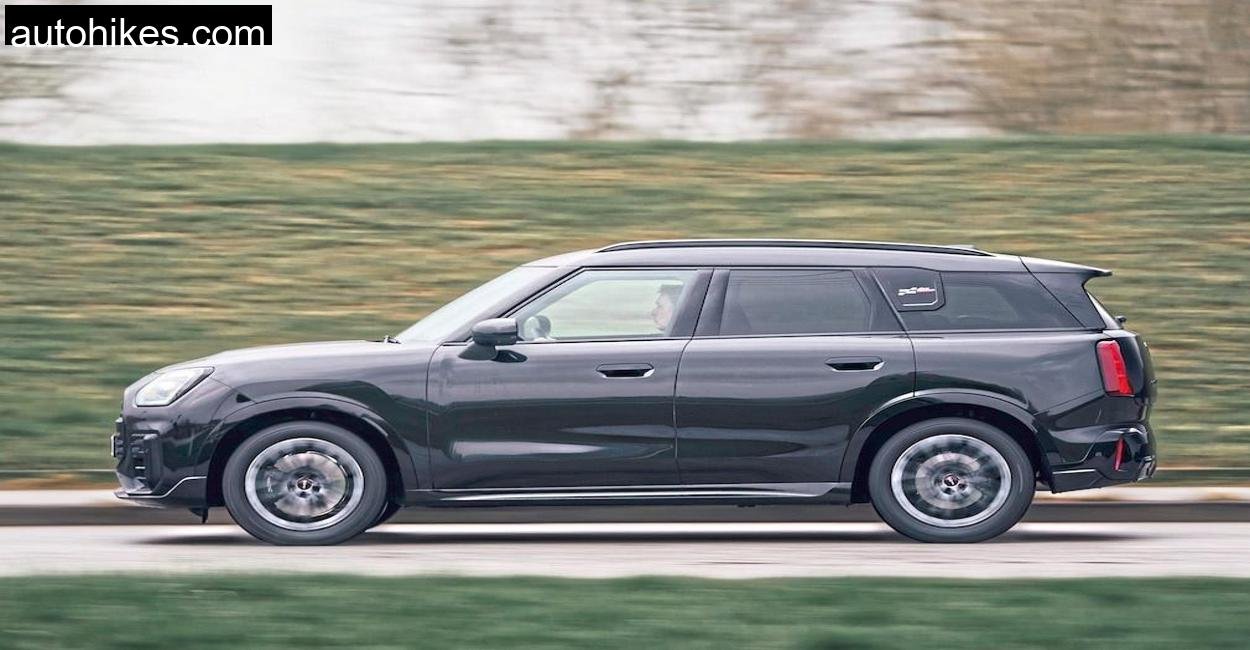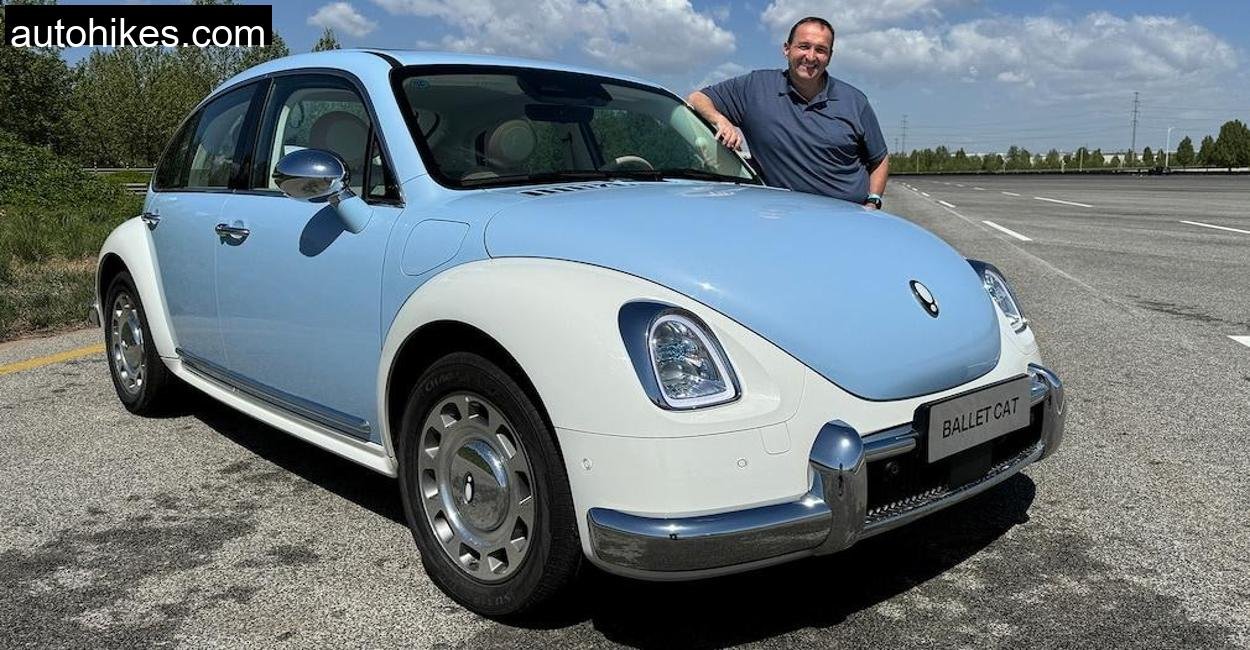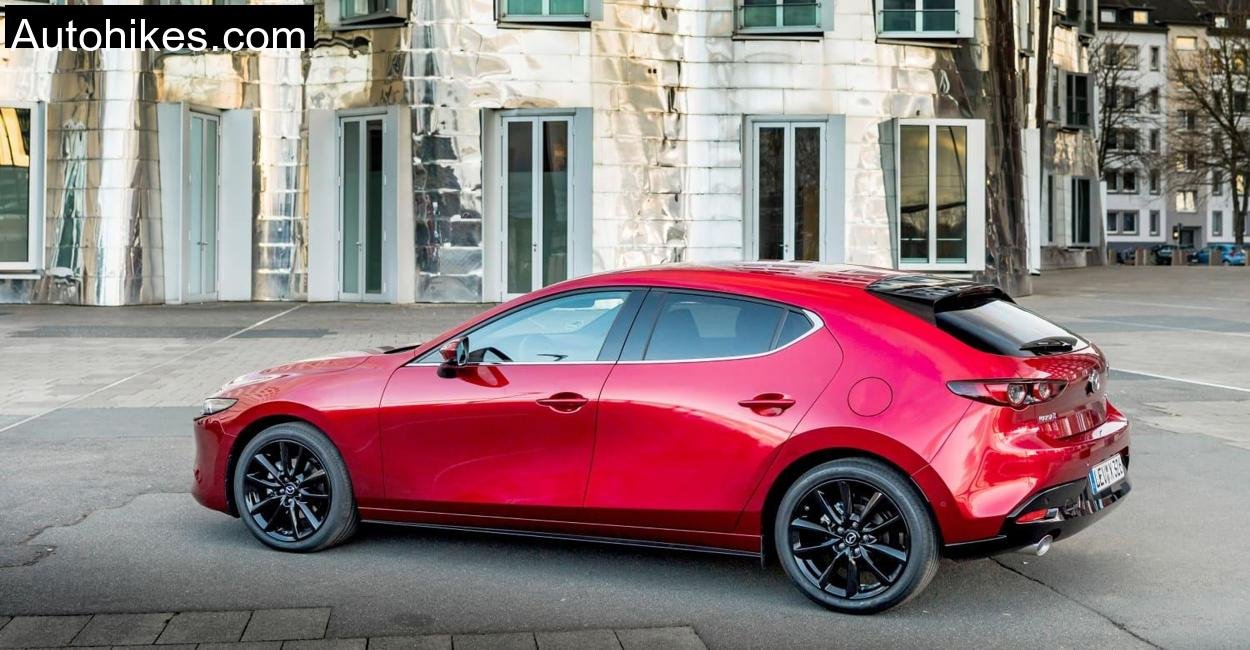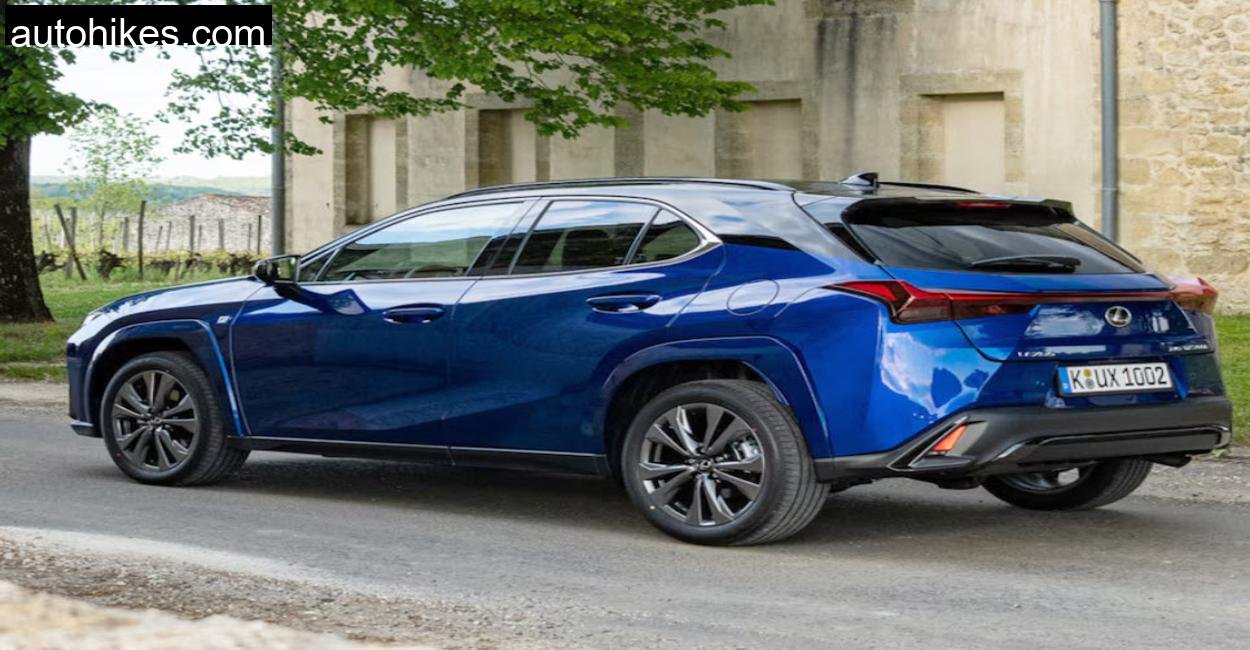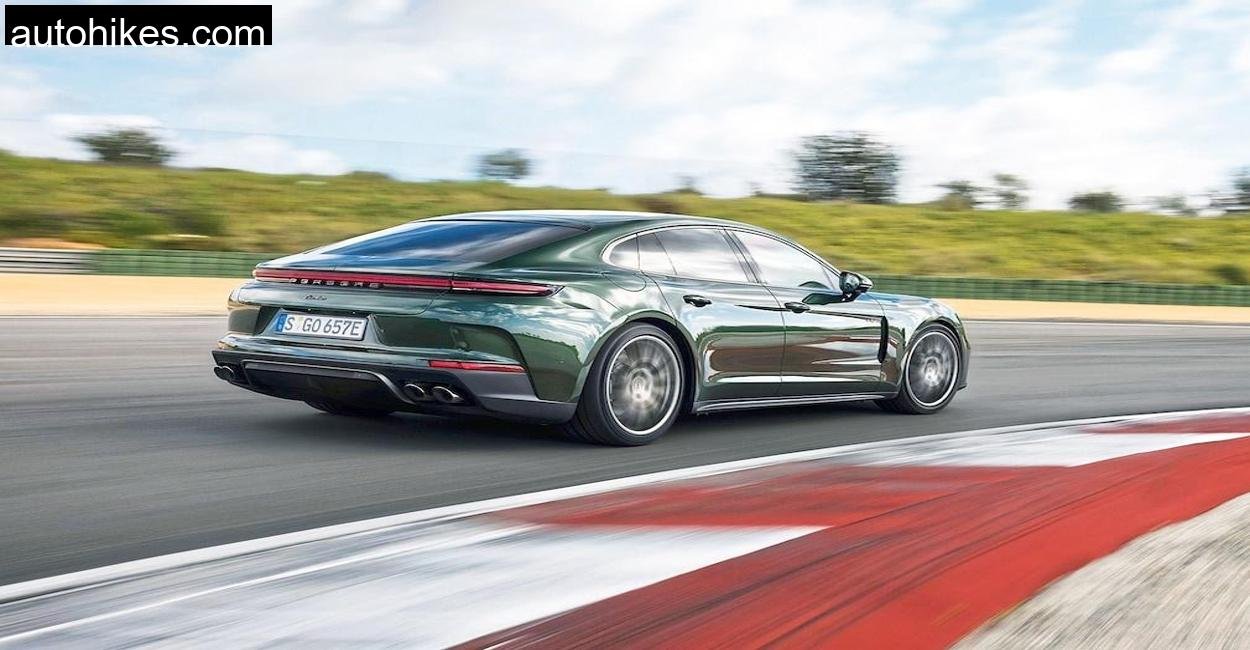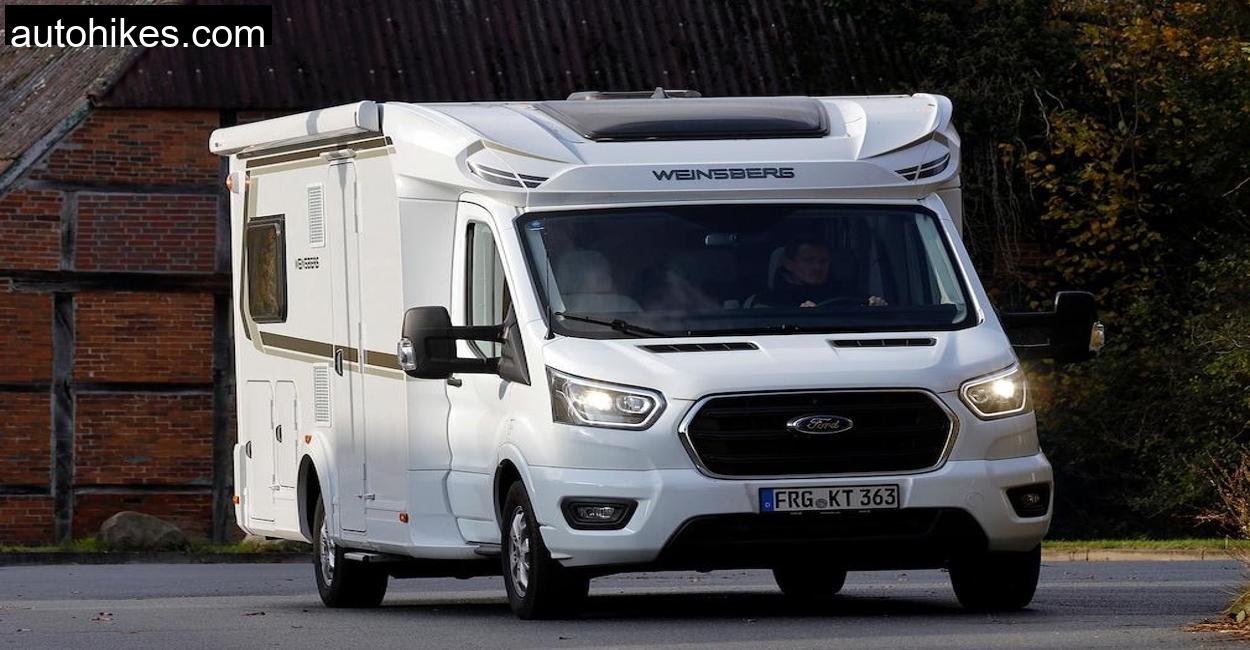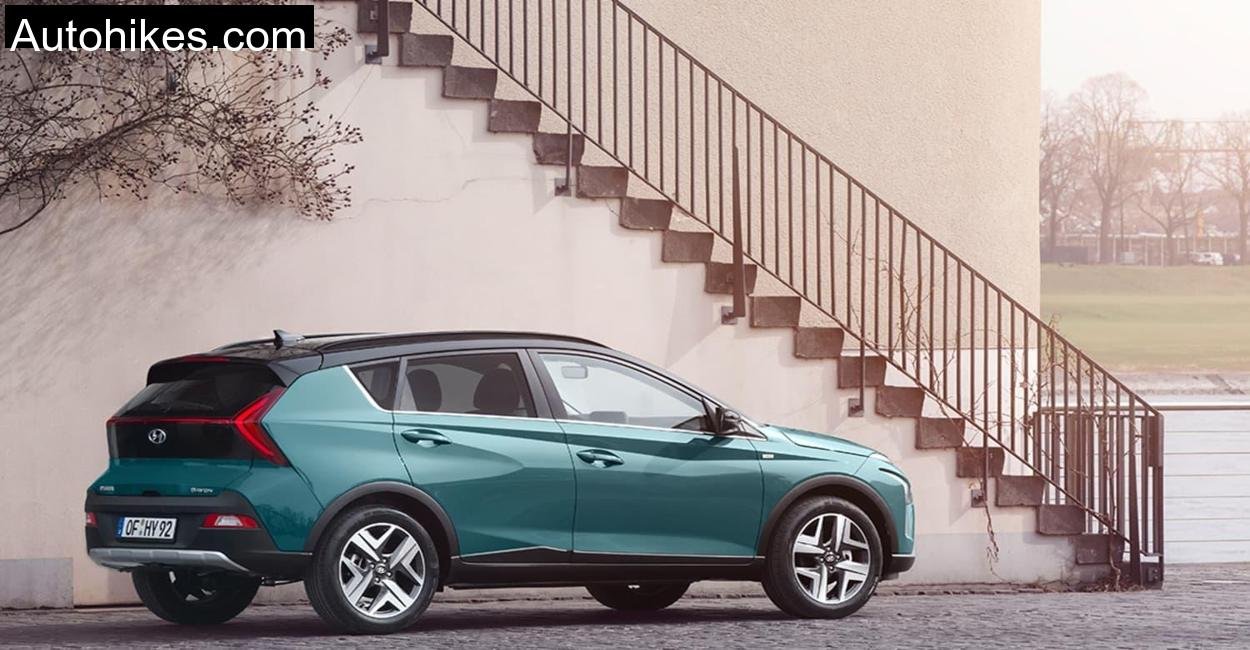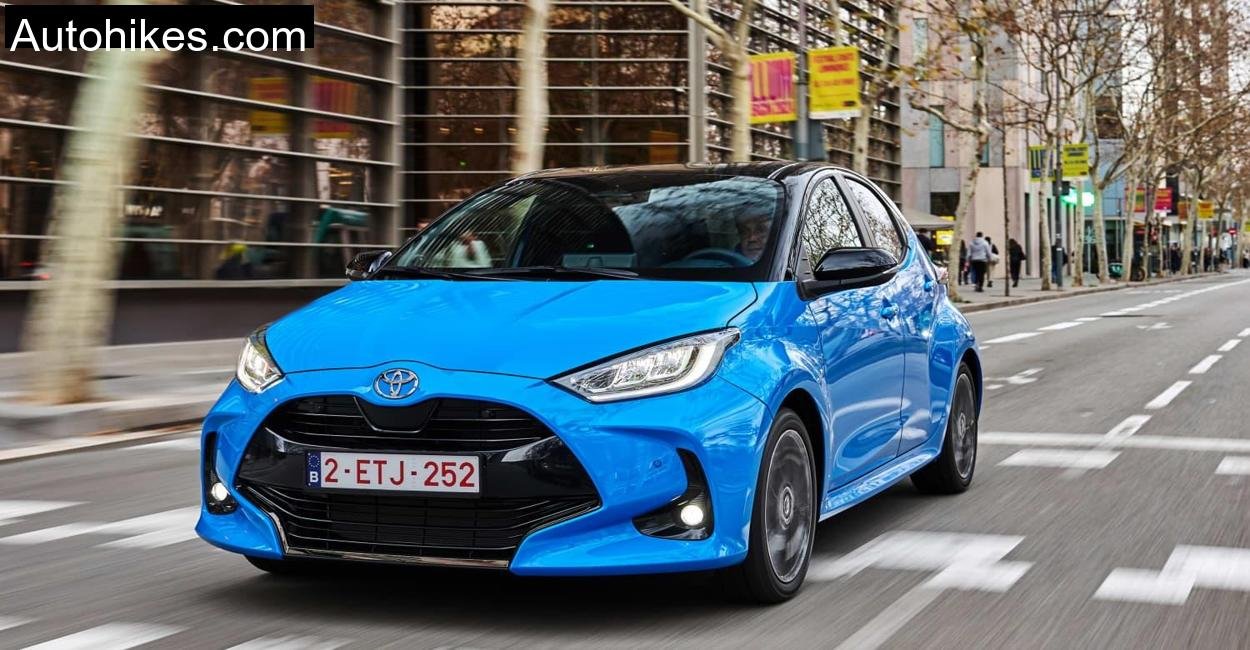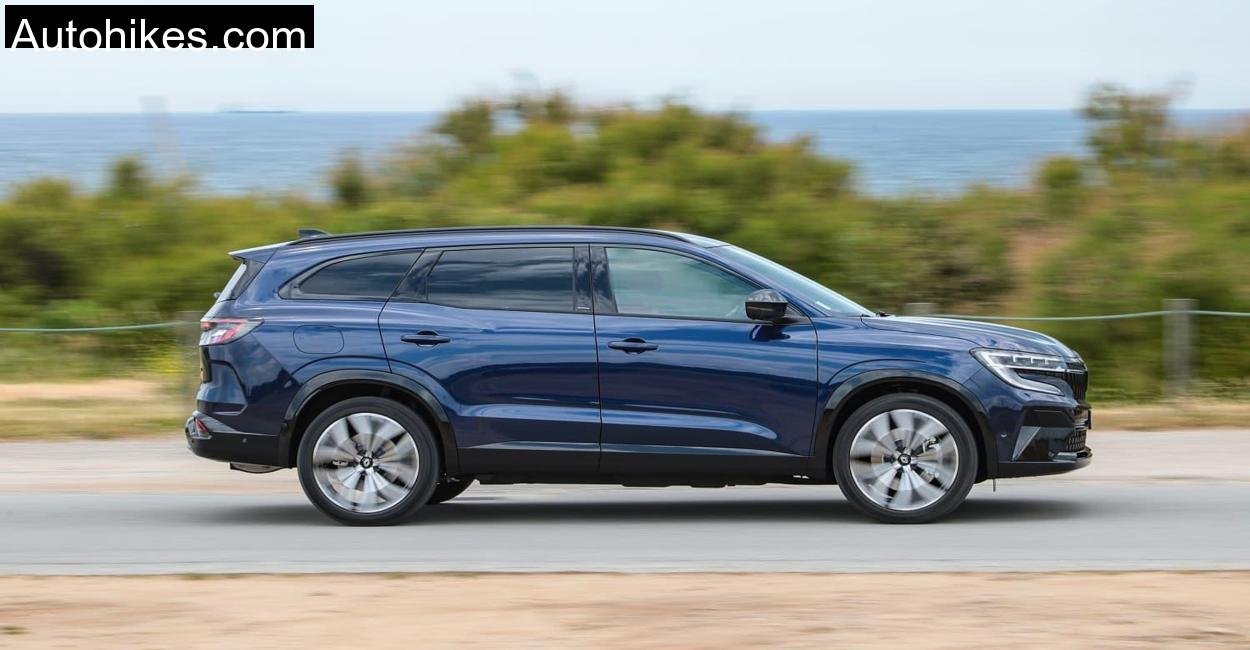There’s something oddly comforting about being behind the wheel of a Mini. Maybe it’s the heritage, the slightly cheeky proportions, or the subtle sense that you’re driving something that doesn’t try too hard. But when you line up the Countryman C in a place like the Finne, a rolling, forested hillscape tucked between Thuringia and Saxony-Anhalt, that comforting familiarity gets an adventurous twist. Because while this is the smallest engine in the Countryman lineup, the drive it delivered across these winding German country roads was anything but small.
Let’s get one thing straight: this is not a JCW, not even the S. It’s the base model, the Countryman C, and I had no illusions of neck-snapping torque or corner-carving wizardry. But that didn’t stop me from grabbing the key fob, firing up the car (or rather, twisting that start toggle, yes, it’s still got some aviation DNA left), and setting off on a journey that was about proving just how much car you get even when you start at the “bottom” of the Countryman range.
Setting Off in the Finne: The Landscape and First Impressions
The Finne region, with its soft elevations and sparse traffic, makes for a perfect testbed. No autobahn madness here, just old cobbled roads, quick elevation changes, and the occasional gravel patch. In other words, a place where you feel every bit of the suspension, throttle tuning, and cabin comfort. And the Mini Countryman C was eager to explore.
You’d never guess you’re in the entry-level trim when you look at it. Ours was dressed in John Cooper Works clothing, a sporty suit over a more relaxed heart. The massive 19-inch wheels and sculpted sides gave it an assertive presence. The real fun, however, began once the engine kicked in and we eased out into the winding forest roads.
The Engine That Could: 1.5-Liter Turbo Three-Cylinder
At the heart of this Countryman C is a 1.5-liter turbocharged three-cylinder engine, delivering 156 horsepower on its own. Add in the support from a mild-hybrid system (with a 48V starter generator providing up to 27 additional horses when needed), and you’ve got a combined system output of 170 hp and 280 Nm of torque.
Now, those numbers don’t scream adrenaline, but in real-world terms? They’re more than enough. From a complete stop, it takes 8.3 seconds to reach 100 km/h. That’s hot-hatch quick in a compact SUV with front-wheel drive. The torque kicks in early and continues to pull cleanly through the revs, with the seven-speed dual-clutch transmission managing shifts briskly and confidently.
There is a noticeable pause when you put your foot down hard in “Go-Kart” mode, a delay between throttle input and drivetrain harmony, but once the electric assist kicks in, the Countryman C responds with urgency and more enthusiasm than expected from a three-pot engine.
Technical Specifications: Mini Countryman C
Mini’s official website is our go-to source for all technical information, making sure it’s always accurate.
| Specification | Details |
| Engine Type | 1.5L Turbocharged Inline-3 (Mild Hybrid) |
| Electric Assist Power | 27 hp (from 48V motor) |
| Combined System Output | 170 hp / 125 kW |
| System Torque | 280 Nm |
| Transmission | 7-Speed Dual-Clutch (Automatic) |
| Drivetrain | Front-Wheel Drive |
| 0–100 km/h | 8.3 seconds |
| Top Speed | 212 km/h |
| Fuel Economy (WLTP Combined) | 6.2 L/100 km |
| Test Fuel Consumption | 7.2 L/100 km |
| CO₂ Emissions | 139 g/km |
| Boot Capacity | 450–1450 liters |
| Curb Weight | 1685 kg |
| Towing Capacity (Braked) | 1700 kg |
| Base Price | €39,900 |
| Test Car Price | €55,260 |
How It Feels on the Road: Real-World Driving in the Finne
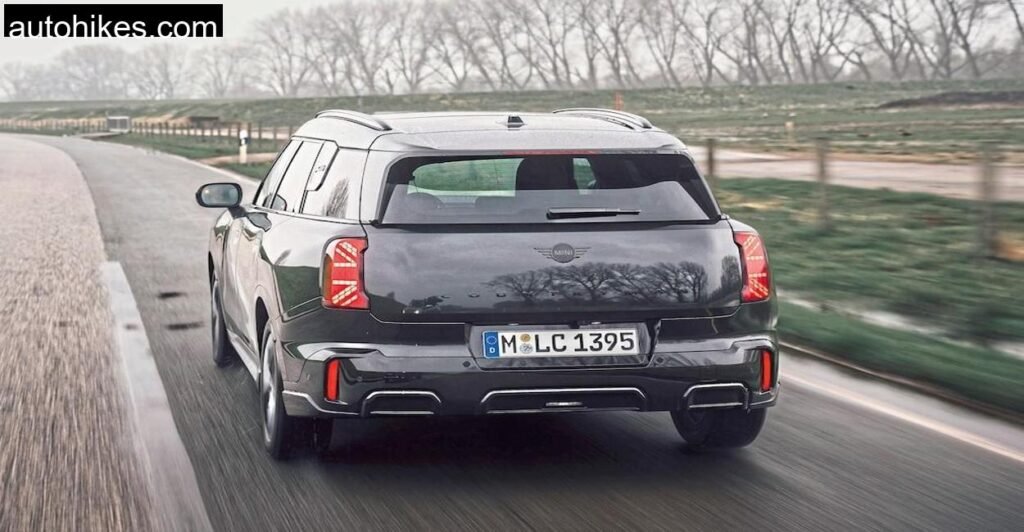
The Finne’s narrow hill climbs and countryside descents showed me two things. First: the Mini’s steering is fantastically direct. There’s weight to it, especially when toggled into Go-Kart Plus mode, but it never becomes tiring. You point, it follows.
Second: despite its elevated weight (almost 1.7 tons), the Countryman C handles with dignity. It’s not go-kart flickable like the OG Mini hatch, but the suspension, especially in its adaptive setting, holds the car confidently over undulations. That’s no small feat on the crumbling rural roads of this part of Germany.
It’s planted through corners, even if there’s a bit of body roll when you push it hard. The wide 245-section Michelin Pilot Sport 4S tires helped immensely. Grip levels are high, and braking distances, 33.5 meters from 100 km/h, are crisp and reassuring.
What impressed me most was how silent it felt. At 100 km/h, cabin noise registered just 64 dB(A). No creaks, no rattles, just the soft hum of the engine and the sound of air brushing against the large body. Over cobblestones near Billroda, the suspension absorbed vibrations better than expected, though rear seat passengers did report some short-seat discomfort after about 45 minutes.
Interior Up Close: A Digital Mini for 2024
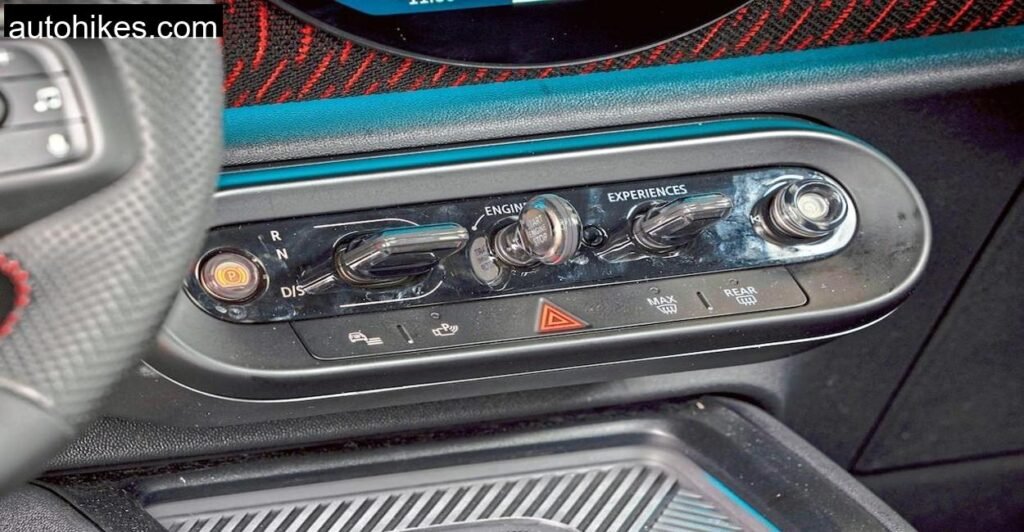
The cabin’s design has evolved. While I do miss the old toggles (only a couple survive), I must admit the giant 24cm central OLED display is both beautiful and functional. Everything from nav to music, from driving modes to ambient lighting, is now integrated into this single circle.
Voice control worked reasonably well, the “Hey Mini” assistant let me adjust temperature, change drive modes, and set navigation, though it struggled to open the windows. The digital instrument cluster behind the wheel, combined with the head-up display, kept relevant info cleanly in view, even on sunny backroads.
Materials, especially in the JCW trim, felt rich. The dashboard featured two-tone knitted fabrics, and nothing buzzed or squeaked on rough roads. Rear seat legroom is surprisingly generous. With the backrests upright, you get 450 liters of boot space, plenty for weekend gear. Fold them down, and you get 1450 liters, which swallowed our picnic setup and two folding chairs with ease.
Practicality Meets Flair: Comfort, Fuel Use, and Towing
Now here’s where the Mini Countryman C shines quietly. You don’t buy it just for acceleration or tech. You buy it because it fits your life, and still makes you smile.
Fuel economy averaged 7.2 liters on our test loop, higher than WLTP claims, yes, but fair given the twisty roads and spirited pace. On gentler drives in Green mode, I got it down to 5.8 liters without trying too hard.
There’s also a decent 1,700 kg towing capacity, something many crossovers in this segment can’t match. We didn’t hitch a trailer, but it’s reassuring to know that a small camper or jet ski wouldn’t be out of bounds.
A Balanced Ride Without the Drama
This car may wear sporty clothes, but its soul is well-mannered. In Balance mode, the Countryman feels like a compact luxury car. The massage function on the front seats kicks in, the ambient lighting softens, and you just… cruise. And I loved that.
For city commutes, the small turbo engine and electric assist keep things efficient. For countryside touring, the adaptive dampers and good driving position keep fatigue at bay. It’s not thrilling, but it’s honest. And that’s refreshing.
Conclusion: The Countryman C Does Just Enough, and Sometimes More
Driving the Mini Countryman C through the Finne was a lesson in moderation. You don’t always need the big engine, the highest trim, or the most aggressive setup. Sometimes, all you need is balance, a car that fits into your life without shouting for attention.
Yes, it’s expensive for a “base” model. Yes, the go-kart feeling is more of a suggestion than a sensation. But would I recommend it to someone who wants a capable daily driver with just enough Mini flair? Without hesitation.
If you want refinement, premium tech, unique design, and a touch of driving fun, the Countryman C is more than just the entry point. It’s the sweet spot.
Is the Mini Countryman C underpowered with just 170 hp?
Not at all. Thanks to the electric assist and responsive transmission, it feels brisk in city and highway driving. It’s not lightning quick, but for everyday use, the power is well-matched.
How fuel efficient is Mini Countryman C in real-world conditions?
On our mixed-route test, it averaged 7.2 L/100 km. In more relaxed driving, it can easily dip below 6.0 L/100 km.
Can the Mini Countryman C tow a trailer?
Yes, it has a braked towing capacity of up to 1,700 kg. That’s more than enough for small campers or boats.
